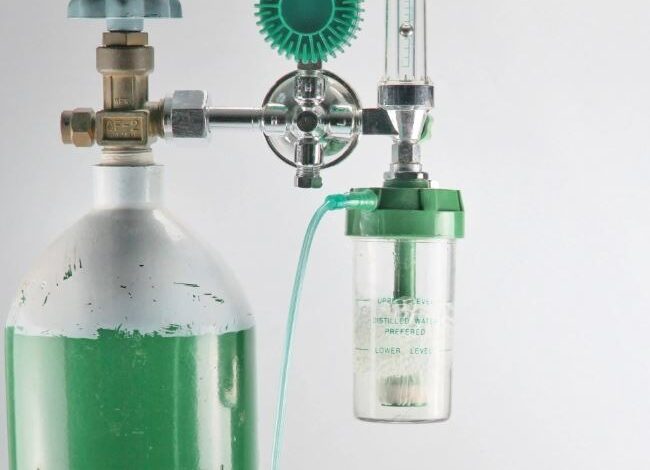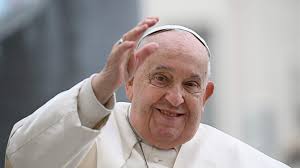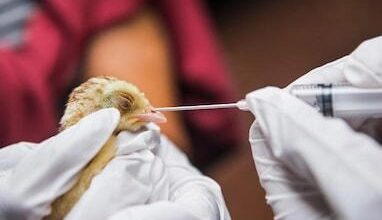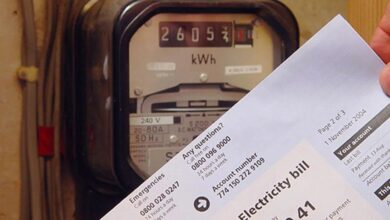60% world population lacks access to medical oxygen — Study

A new report by The Lancet Global Health Commission on Medical Oxygen Security has found that six out of every 10 people in the world lack access to safe, quality, affordable medical oxygen, stressing that the shortage is contributing to hundreds of thousands of preventable deaths annually and diminishing the quality of life for millions.
The report, titled “Reducing Global Inequities in Medical Oxygen Access,” is the first to quantify the inequities in global oxygen access and the costs associated with closing the gaps.
The report outlined the actionable recommendations for governments, industry, global health agencies, academic institutions, and civil society to ensure universal access to medical oxygen.
The report also noted that medical oxygen is a highly cost-effective investment in global health, adding that it will not only accelerate progress toward the Sustainable Development Goals (SDGs) for health by 2030 but will also strengthen pandemic preparedness.
According to the key findings of the Commission, under the global inequity in access, the report highlighted that 5 billion people, o r 60 per cent of the world’s population, do not currently have access to safe, quality, affordable medical oxygen.
It noted that the disparity is most pronounced in low- and middle-income countries (LMICs), where the need is most urgent.
According to report, “High Global Demand, Particularly in LMICs: Each year, “374 million newborns, children, and adults need medical oxygen,” including 364 million with acute medical and surgical conditions, and 9 million with long-term needs due to chronic obstructive pulmonary disease (COPD).
The Commission emphasised that “82 per cent of these patients live in LMICs,” with the greatest concentrations in South Asia, East Asia and the Pacific, and Sub-Saharan Africa.
The report stressed that “less than one in three people (30 per cent) in LMICs who need oxygen for acute medical or surgical conditions receive it.
“Coverage gaps are particularly severe in Sub-Saharan Africa (91 per cent) and South Asia (78 per cent) “These oxygen coverage gaps far exceed those for HIV/AIDS (23 per cent) and tuberculosis (25 per cent) treatment.”
On limited availability of equipment: it found that: “Pulse oximeters and oxygen therapy are available in just 54 per cent and 58 per cent of general hospitals in LMICs.
“In rural health facilities, access is practically nonexistent,” leaving the most vulnerable populations without critical care.
The report also notes that “93 per cent of primary healthcare facilities, 45 per cent of general hospitals, and 25 per cent of tertiary hospitals in LMICs experience oxygen stockouts on any given day.”
Rising Demand for Oxygen: The Commission noted that “global quantities of oxygen required are large and rising,” due to population growth, increased surgical procedures, and the rising demand for long-term oxygen therapy. “Aging populations, smoking, poor diet, and air pollution are major drivers of rising demand.”
Oxygen Shortages During Emergencies: “In 2021, an additional 52 million patients required 1.9 billion cubic meters of oxygen to treat COVID-19 globally,” the report states. “This placed enormous strain on health systems around the world.” The Commission estimates that “excess COVID-19 mortality in 2020 and 2021 is 15.9 million globally,” with the highest numbers in South Asia, Sub-Saharan Africa, and Latin America.
Cost to Close Oxygen Coverage Gaps: “An additional $6.8 billion is needed annually to close oxygen coverage gaps in LMICs,” the report concludes. “This equates to $34 billion between 2025 and 2030.” These figures do not include the additional costs incurred during pandemics or for long-term oxygen therapy services.
Oxygen as a Cost-Effective Investment: The Commission emphasizes that investing in medical oxygen is as cost-effective as “routine childhood immunization,” with a cost of just “$59 per Disability-Adjusted Life Year (DALY) averted.” It will significantly contribute to the achievement of eight health-related SDGs and improve global pandemic preparedness.
The Commissioner further recommended collaborative efforts, stating that governments must collaborate with the Global Oxygen Alliance (GO2AL) to develop national plans that close medical oxygen coverage gaps,” the Commission advises.
It called for increased domestic and international funding to ensure equity in access to oxygen.
The commission also called for increased funding for oxygen systems.
“Donors should contribute to GO2AL’s $4 billion resource mobilization target for 2025-2030,” with a focus on improving “operational costs, which account for 50-80 per cent of total oxygen system costs, but have received little funding to date.”
On oxygen in health monitoring, they called for “pulse oximetry and medical oxygen coverage to be routine indicators in UN databases,” such as the WHO Global Health Observatory and UNICEF child health coverage systems. These tools will allow for better tracking of oxygen access and its impact on health outcomes.
Innovation for Sustainable Solutions: “Governments and industry should collaborate to invest in 20 priority areas for oxygen innovation,” particularly those developed in LMICs. By focusing on climate-sensitive and energy-efficient solutions, medical oxygen systems can help pave the way for “the long-term health and sustainability of our people and planet.”
The Commission further recommended other 52 action points targeted at governments, industry, global health agencies, donors, civil society, and research institutions.
“An independent body should assess progress in 2027 and ensure that results are made publicly available,” the report suggests. With only five years remaining until the SDG deadline, the Commission stresses the need for a transformation in global health investment.
“Medical oxygen can be a pathfinder investment for a new era of health equity,” it argued, advocating for national oxygen plans and well-aligned donor investments to strengthen health systems and meet global health goals.






